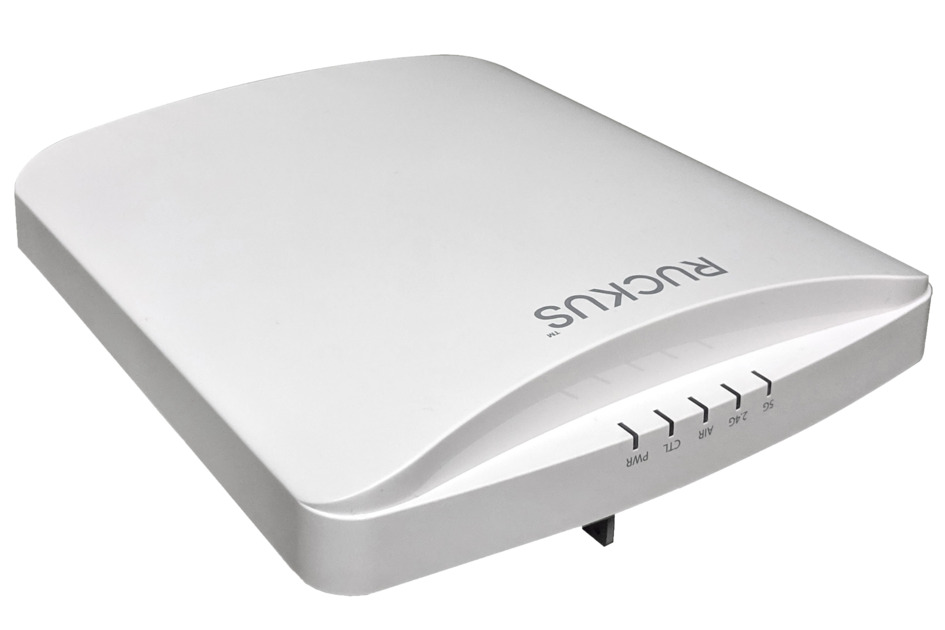Introduction: Outdoor environments present unique challenges for connectivity, from remote outdoor work sites to expansive outdoor venues. Reliable outdoor connectivity is essential for various industries, including construction, events, agriculture, and public safety. In this article, we explore the challenges of outdoor connectivity and strategies to ensure a robust and dependable network in challenging outdoor settings.
Understanding the Challenges: challenging outdoor connectivity pose several obstacles to reliable connectivity, including:
Distance and Terrain: Outdoor areas often cover vast distances, requiring signals to travel long distances and penetrate through obstacles such as trees, buildings, and natural terrain.
Weather Conditions: Adverse weather, such as rain, snow, and wind, can affect signal strength and reliability, especially for wireless connections.
Interference: Outdoor spaces may have competing signals from other devices, neighboring networks, or radio frequency interference.
Mobility: In dynamic outdoor environments, such as construction sites or events, the need for seamless connectivity as users move around adds complexity.
Strategies for Reliable Outdoor Connectivity:
Site Survey and Planning: Conduct a thorough site survey to understand the layout, obstacles, and potential sources of interference. This information helps in strategic placement of access points (APs) and antennas.
High-Gain Antennas: Use high-gain antennas that provide increased signal strength and coverage, especially in areas with challenging terrain or long distances.
Point-to-Point (PtP) and Point-to-Multipoint (PtMP) Links: For remote locations or connecting distant sites, PtP and PtMP wireless links offer reliable, high-speed connections over long distances.
Mesh Networking: Mesh networks are resilient in outdoor environments, allowing nodes to communicate with each other and find the best path for data transmission. This is useful for dynamic or changing environments.
Weatherproof Equipment: Use weatherproof and ruggedized equipment designed to withstand outdoor elements, such as outdoor-rated access points, enclosures, and cables.
Power Considerations: In remote areas, consider power options such as solar or battery-powered solutions for uninterrupted connectivity.
Frequency Management: Optimize frequency channels and use less congested bands to minimize interference. Dynamic Frequency Selection (DFS) can automatically switch to less crowded channels.
Signal Boosters and Repeaters: In areas with weak signals, signal boosters or repeaters can extend coverage and improve signal strength.
Mobile Solutions: For mobile outdoor operations, such as construction sites or events, mobile hotspots and routers provide on-the-go connectivity.
Fiber Optic Solutions: In scenarios where wired connections are feasible, fiber optic cables offer high-speed and reliable connectivity over longer distances.
Applications and Industries:
Construction Sites: Outdoor connectivity is vital for construction teams to access plans, collaborate in real-time, and monitor equipment remotely.
Events and Venues: Concerts, festivals, and outdoor events require robust Wi-Fi for ticketing, cashless payments, and attendee engagement.
Agriculture: Smart farming relies on outdoor connectivity for precision agriculture, remote monitoring of crops, and equipment control.
Public Safety: Police, fire, and emergency response teams rely on outdoor connectivity for communication, video surveillance, and real-time data access.
Utilities and Infrastructure: Utilities use outdoor connectivity for remote monitoring of power grids, water systems, and infrastructure maintenance.
Case Study: Enhancing Outdoor Connectivity
Scenario: A construction company is working on a large site with challenging terrain and no wired infrastructure.
Solution: The company deploys a combination of high-gain antennas, PtP links for remote offices, and mesh networking for flexibility. Weatherproof outdoor access points are strategically placed across the site, ensuring full coverage. Solar-powered solutions provide sustainable and reliable power.
Result: The construction team enjoys seamless connectivity for real-time collaboration, access to blueprints on tablets, and remote monitoring of machinery. The network adapts to changing conditions, ensuring productivity and efficiency.
Conclusion: Challenging outdoor environments demand innovative solutions for reliable connectivity. By employing strategies such as site surveys, high-gain antennas, mesh networking, and ruggedized equipment, organizations can overcome the obstacles of distance, terrain, and weather. Whether it's for construction sites, events, agriculture, or public safety, robust outdoor connectivity enhances productivity, efficiency, and safety in outdoor settings. As technology continues to evolve, new solutions will emerge to address the unique challenges of outdoor connectivity, ensuring seamless communication and data access in the great outdoors.
For more info. visit us:





Comments